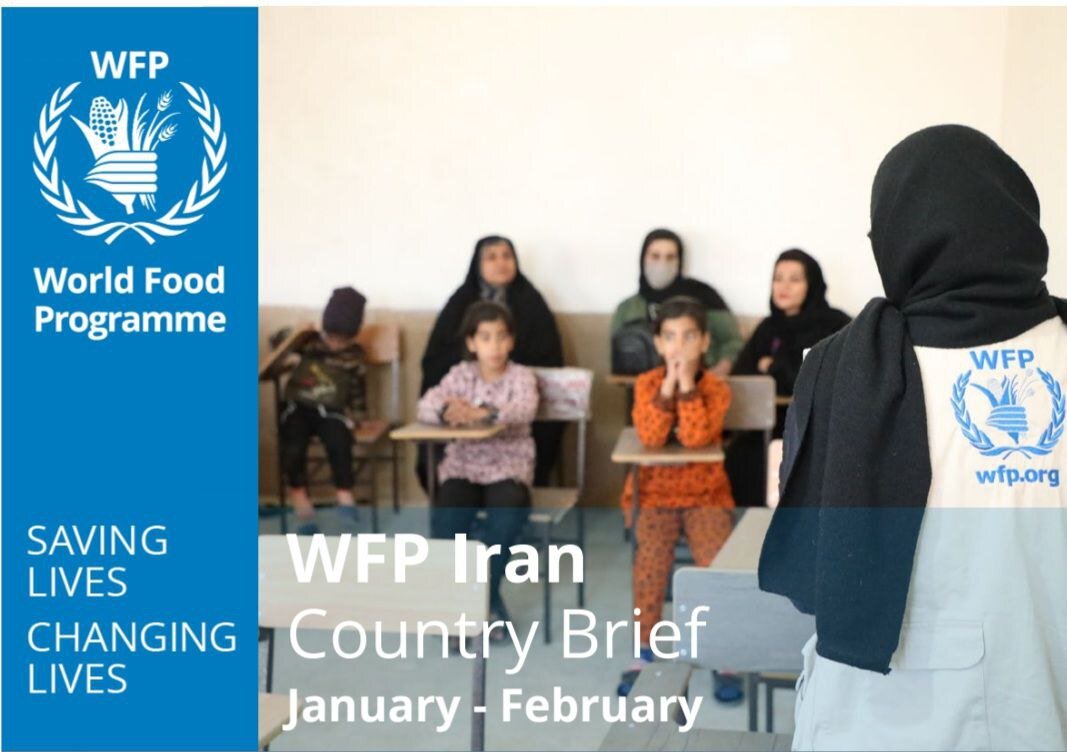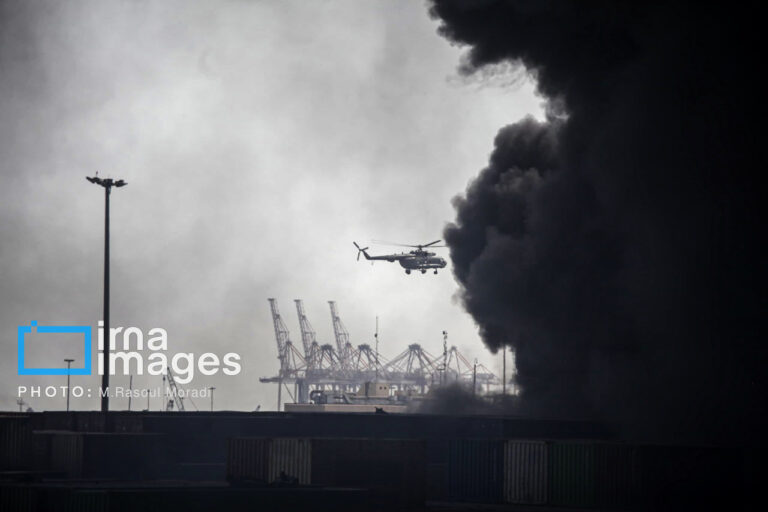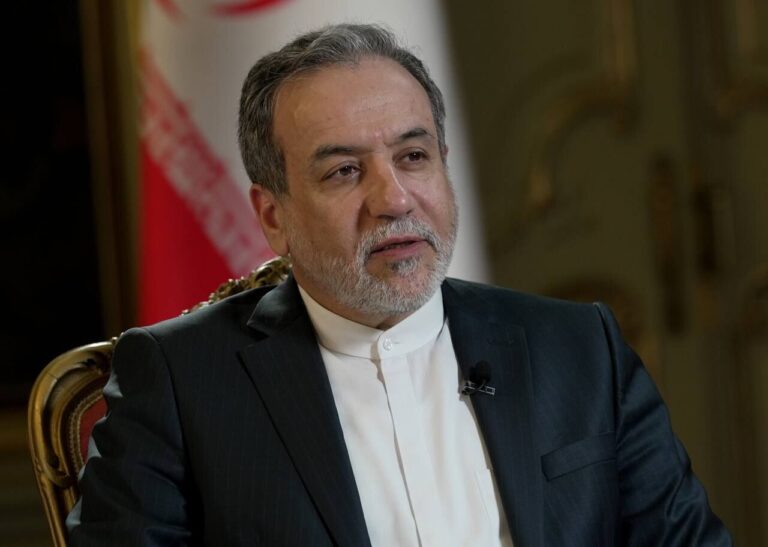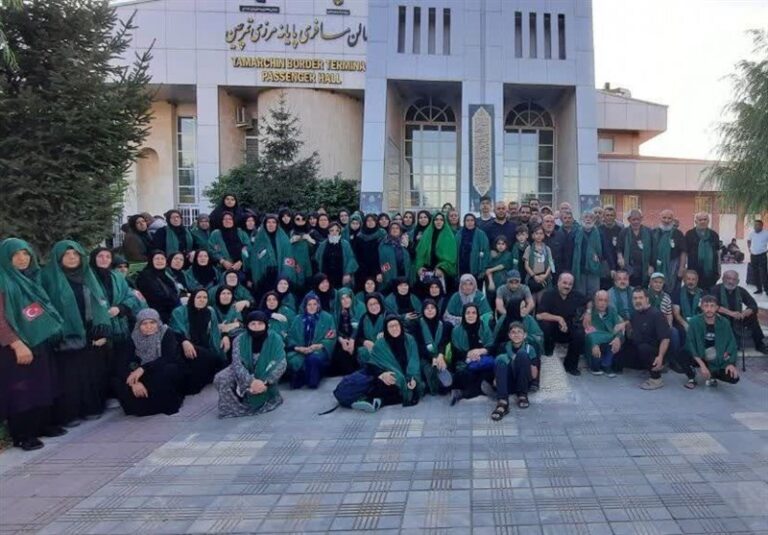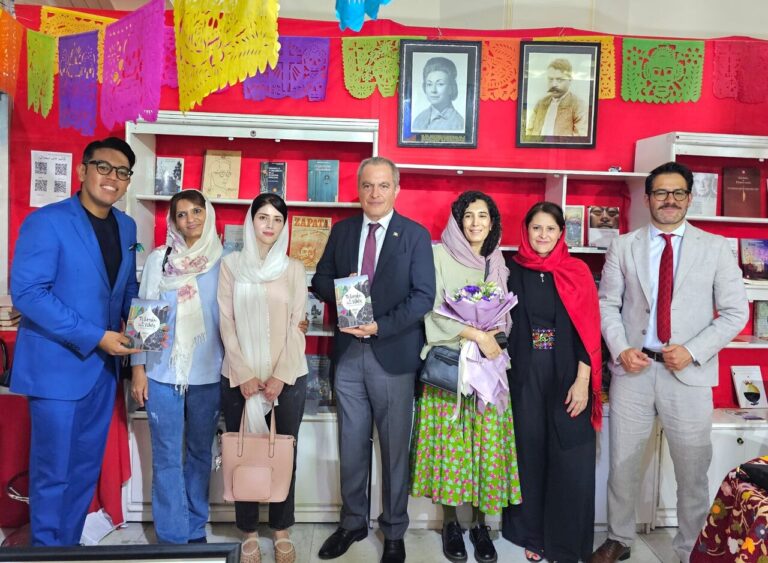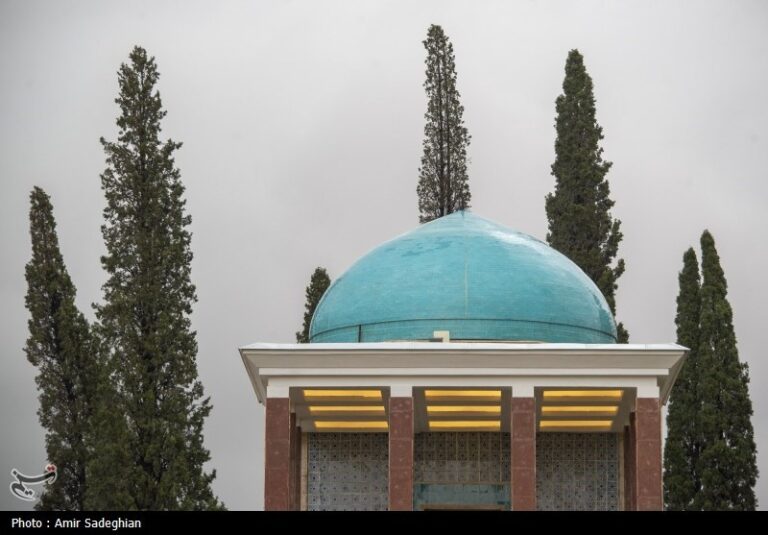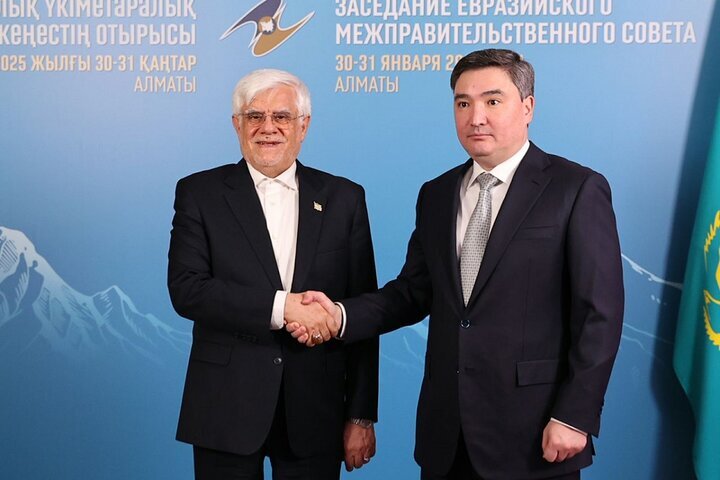WFP Unveils Insightful January-February Report on Iran: Key Findings and Impact
The World Food Program (WFP) has recently published a comprehensive report detailing its activities in Iran during January and February 2025. This report highlights the significant strides made in providing essential food assistance to vulnerable populations, including Afghan and Iraqi refugees. The data underscores WFP’s ongoing commitment to improving food security within the region.
In these initial months of 2025, the WFP’s general food assistance program reached a total of 66,215 beneficiaries, with 33,068 individuals served in January and an additional 33,147 in February. This assistance is crucial for many families relying on WFP support for their basic nutritional needs.
Throughout January and February, WFP distributed a total of 948.5 metric tons of fortified food. The assistance included:
- Wheat flour: 12 kg per person
- Vegetable oil: 810 ml per person
In addition to in-kind food distributions, WFP has also implemented cash assistance programs aimed at supporting refugee households. In January, cash support was provided to 7,394 Afghan and Iraqi refugee households, followed by 7,315 households in February.
One of the key enhancements in WFP’s cash-based transfers was the revision of the Minimum Expenditure Basket (MEB) in November 2024. This adjustment allowed for a significant increase in cash transfer values, effectively doubling the amount starting in January 2025. This change was strategically made to help refugees cope with essential living costs more effectively.
Among the beneficiaries, households led by refugee men received a cash transfer of 5 million Iranian Rials (IRR) (approximately US$7.5) per person, whereas households headed by refugee women received 6 million IRR (around US$9) per person. This disparity is due to limited work opportunities for women, which leads to heightened food insecurity.
As part of its commitment to inclusivity, WFP also rolled out a pilot initiative under its Disability Inclusion Workplan 2023. This initiative aims to support refugees with disabilities by providing a monthly cash top-up of 1.5 million IRR (approximately US$3) across eight settlements. In January alone, WFP supported 364 refugees with disabilities across nine settlements, with this number increasing to 374 in February across ten settlements. Each of these individuals received an additional monthly cash support of 3 million IRR (around US$4.5) on top of their regular aid.
By February, assistance had expanded to cover various provinces including Kerman, Lorestan, West Azerbaijan, Fars, Khuzestan, Markazi, Khorasan Razavi, and Semnan, demonstrating WFP’s commitment to reaching vulnerable populations across the nation.
Looking ahead, WFP published its 2023 report based on the interim Country Strategic Plan (2023-2025) in March. The report indicates that in 2024, WFP provided a mix of in-kind and cash assistance to more than 33,000 vulnerable refugees in Iran. Impressively, 70 percent of these beneficiaries were able to achieve an acceptable level of food consumption, a figure that has remained stable compared to the previous year.
In a proactive response to the economic challenges faced by refugees, WFP increased the cash transfer entitlements by 25 percent since August, thus enhancing the support available to those in need.
WFP has been operational in Iran since 1987, focusing on alleviating food insecurity among refugees, primarily from Afghanistan. Iran has been hosting refugees for over four decades, and many of these individuals reside within urban, peri-urban, and rural areas, often integrating with local communities.
Despite this integration, the most vulnerable refugees living in 20 settlements across 13 provinces continue to face significant food security challenges, underscoring the necessity of ongoing humanitarian assistance from WFP.
To address these challenges, WFP has been providing a combination of food assistance, educational support, and livelihood opportunities through various programs, including in-kind food distributions, unconditional cash transfers, and capacity-strengthening initiatives aimed at eligible refugees living in settlements.
This comprehensive approach not only meets immediate food needs but also fosters long-term resilience among refugee populations in Iran.
